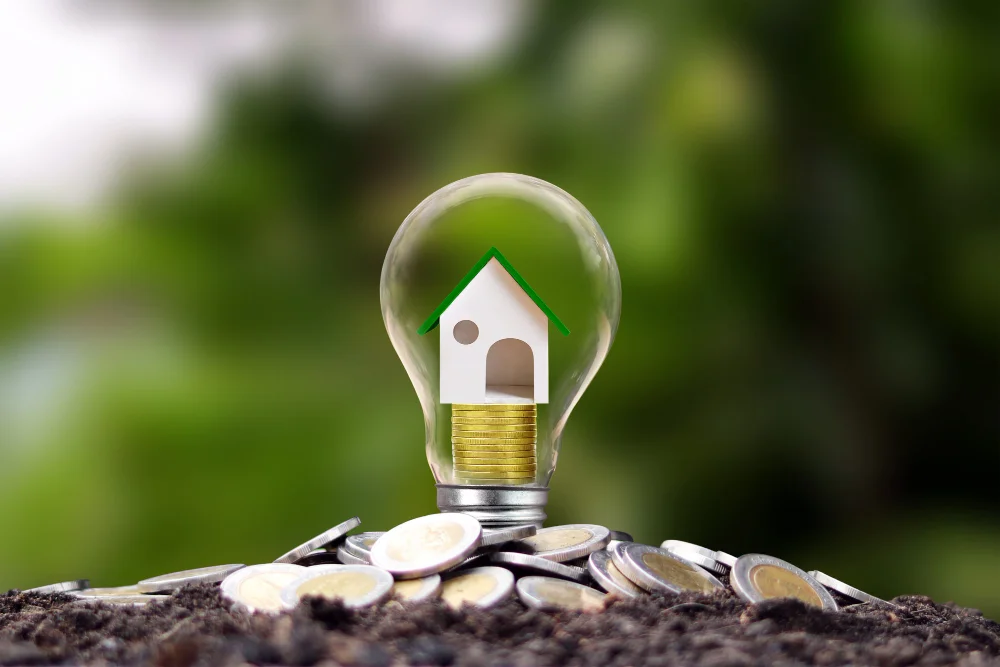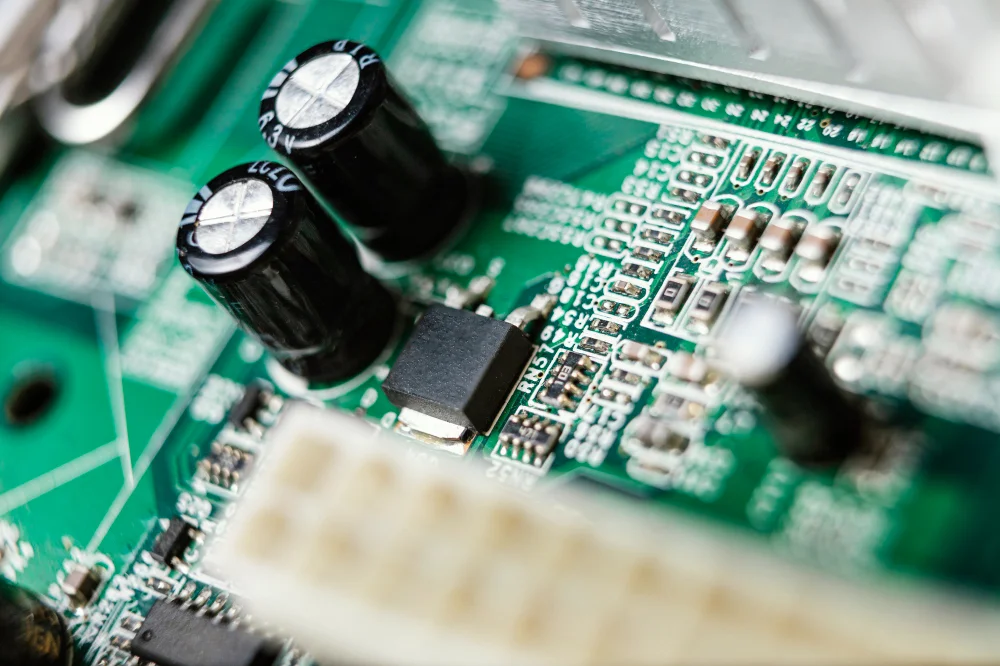When it comes to reducing energy consumption and saving money on utility bills, many people overlook the small changes they can make in their daily lives. By adopting energy-efficient habits and implementing simple adjustments, you can significantly reduce your carbon footprint and contribute to a greener future. In this article, we will explore ten surprising ways to save energy at home that you may not have considered before. By implementing these strategies, you can make a positive impact on both the environment and your wallet.
Switch to LED Lighting
One of the easiest and most effective ways to save energy at home is by switching to LED lighting. LED bulbs use significantly less energy than traditional incandescent bulbs and have a longer lifespan. By replacing outdated light bulbs with LEDs, you can reduce your energy consumption and lower your electricity bills.
Unplug Vampire Electronics
Even when electronic devices are turned off, they continue to draw small amounts of power known as standby power or vampire power. Unplugging these devices or using smart power strips that cut off power to inactive devices can eliminate this unnecessary energy drain. Common vampire electronics include televisions, computers, game consoles, and phone chargers.
Maximize Natural Lighting
Harnessing natural light not only reduces your reliance on artificial lighting but also creates a more pleasant and inviting atmosphere in your home. Keep your curtains open during the day to let sunlight illuminate your rooms. Additionally, consider using light-colored curtains or blinds that allow more light to penetrate into your living spaces.
Harness the Power of Solar Energy
Installing solar panels on your roof may require an initial investment, but it can yield substantial long-term benefits. Solar energy is a clean and renewable source of power that can generate electricity for your home. By utilizing solar energy, you can reduce your dependence on the grid and potentially even earn credits for excess energy you produce.
Optimize Appliance Usage
Adjusting your appliance usage habits can have a significant impact on your energy consumption. For example, washing clothes in cold water instead of hot water can save a considerable amount of energy. Similarly, air-drying your clothes instead of using a dryer can help you cut down on electricity usage. When using your dishwasher, try to run full loads and utilize the energy-saving mode, if available.
Invest in Energy-Efficient Appliances
If you’re in the market for new appliances, prioritize energy efficiency when making your purchase. Look for appliances with an Energy Star rating, as these are designed to consume less energy without compromising performance. Energy-efficient refrigerators, washing machines, and air conditioners can help you save energy and reduce your utility bills in the long run.
Upgrade Your Insulation
Proper insulation is essential for maintaining a comfortable indoor temperature and reducing energy wastage. Insulate your walls, attic, and basement to prevent heat transfer and keep your home cooler in the summer and warmer in the winter. Well-insulated homes require less energy for heating and cooling, resulting in substantial energy savings.
Utilize Smart Power Strips
Smart power strips are a convenient solution to control and reduce energy usage. They allow you to plug multiple devices into a single strip and offer features such as timers and motion sensors. By automatically cutting off power to devices when they’re not in use or during predetermined periods, smart power strips eliminate unnecessary energy consumption and make it easier to manage your electricity usage.
Make the Most of Energy-Saving Settings
Many electronic devices, including computers, televisions, and air conditioners, come with energy-saving settings. These settings are designed to minimize energy consumption by reducing power usage during idle periods or adjusting performance based on usage. Take advantage of these features and customize them to your specific needs to maximize energy savings.
Embrace Low-Flow Fixtures
Water usage also contributes to your overall energy consumption. By installing low-flow fixtures such as showerheads and faucets, you can reduce water usage and the energy required to heat the water. Low-flow fixtures are designed to maintain water pressure while limiting the flow rate, resulting in significant water and energy savings over time.
Conclusion
Saving energy at home doesn’t have to be complicated or expensive. By incorporating these ten surprising strategies into your daily routine, you can make a positive impact on both the environment and your monthly bills. From switching to LED lighting and unplugging vampire electronics to embracing solar energy and upgrading your insulation, every small change counts. Start implementing these energy-saving practices today and take a step toward a more sustainable future.


















